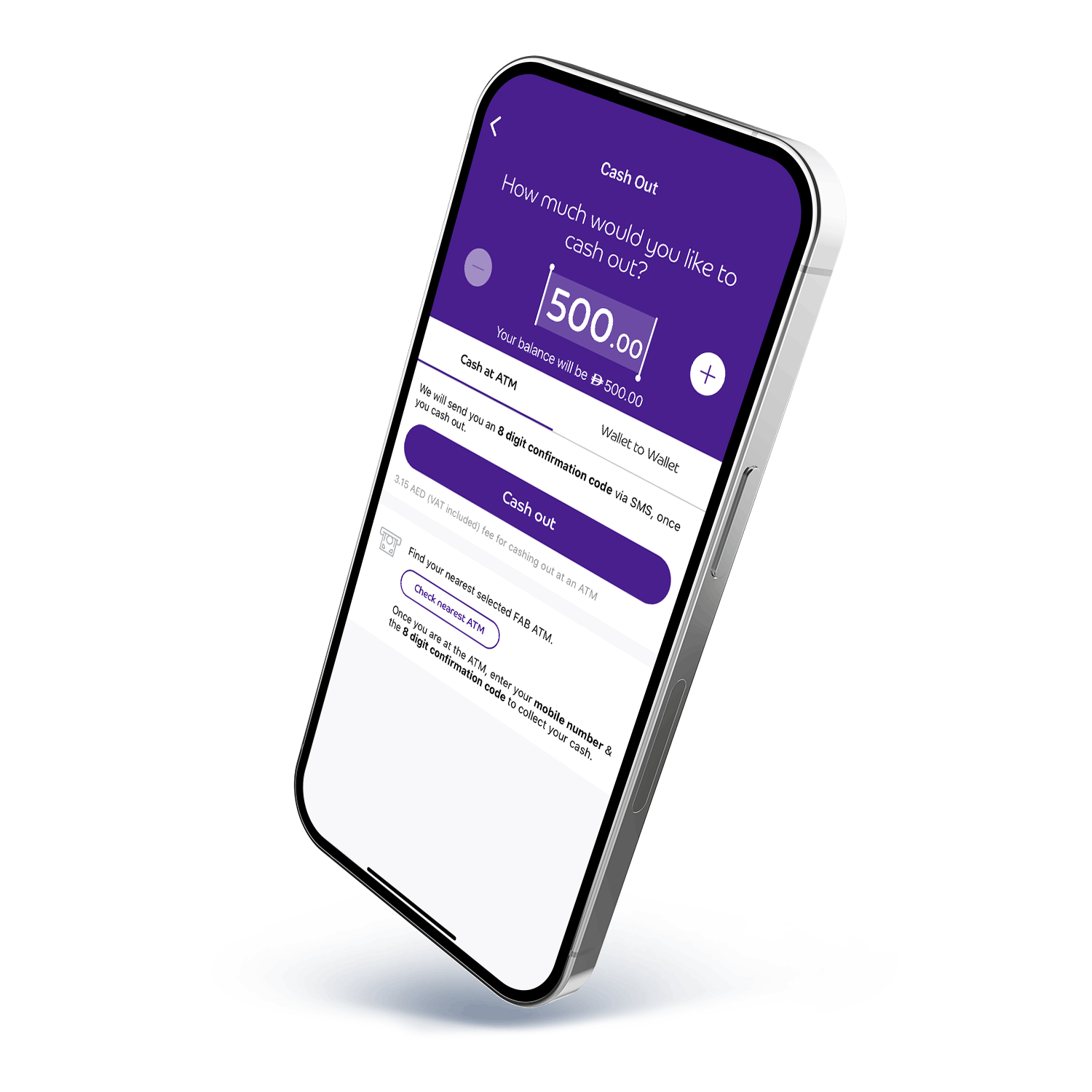How to Transfer Voucher PINs Safely During Cash Out Transactions

Introduction: The Disappointment Before the Lesson
It usually starts with excitement. You’ve just purchased a voucher using your phone bill, eager to turn it into real cash. You send the PIN code quickly maybe through a messenger app, maybe in a rush while multitasking and then wait. Minutes turn into hours. Suddenly, you realize the vendor claims they never received your code, or worse, someone else might have intercepted it. What was supposed to be a smooth (mobile micropayment cash-out) feels like money slipping through your fingers.
The disappointment is sharp because the process looks so easy on the surface. But like any financial exchange, every step has hidden vulnerabilities. The good news is that there’s a way to navigate this terrain. With the right habits, you can send voucher PINs confidently, ensuring that your funds flow where they should into your account.
The Fragility of Voucher PINs
Voucher PINs are digital currency in their purest form. Whoever holds the digits holds the value. There’s no second layer of protection, no “are you sure?” button, no undo option. That’s what makes them powerful, but it’s also what makes them fragile.
- Send it to the wrong chat, and it’s gone.
- Write it down incorrectly, and the system will reject it.
- Share it on an insecure platform https://opstinativat.com and you might as well broadcast your cash on a billboard.
Understanding this fragility is the first step in protecting yourself. Unlike a bank transfer that can sometimes be traced or disputed, voucher PINs move in one direction only. In the world of mobile micropayment cash-out safety depends entirely on how carefully you handle those numbers.
A Navigational Journey: From Purchase to Cash
Let’s walk through what a safe transaction looks like.
Imagine Min-ji, a new LG U+ subscriber trying her first cash-out. She wakes up early, buys a Cultureland gift voucher worth 100,000 KRW, and now needs to transfer the PIN to a broker. She feels nervous because it’s her first time.
Before she sends anything, she double-checks that the broker is ready. She waits for a simple, “Yes, I’m here send now.” Then, instead of just pasting the code into a long chat thread, she writes it clearly:
Voucher PIN: 1234-5678-9012
She immediately asks for confirmation: “Please confirm receipt.” Within minutes, the broker replies with a thumbs-up and a note that the voucher has been accepted. Twenty minutes later, Min-ji sees the deposit in her account.
What made her transaction successful wasn’t luck. It was navigation: waiting for readiness, sending cleanly, seeking acknowledgment, and recording the moment. Each of these steps turned fragility into strength.
What Financial Professionals See vs. What Consumers Experience
Financial analysts look at voucher PIN transfers as data points in risk management. They see patterns: higher fraud attempts in unsecured channels, smoother settlement rates in encrypted chats, disputes dropping sharply when users maintain logs. For them, the discussion is about percentages and probabilities.
Consumers, on the other hand, experience the process viscerally. They feel the stress of waiting, the doubt when a reply doesn’t come quickly, the relief when money arrives. For them, PIN safety is not a statistic, it’s whether or not the groceries get bought that day.
The bridge between these two perspectives is simple practice. By applying security habits recommended in reports and shaping them into daily routines, consumers benefit from the stability professionals measure.
Research Spotlight: Timing and Secure Messaging
A 2024 study in the International Journal of Digital Transactions found that the method of transmitting single-use codes had a direct effect on dispute rates. Transactions where codes were sent through encrypted, acknowledgment-based chats showed 40% fewer disputes than those sent through plain SMS or email. The research concluded that safe channels not only protect users but also reduce operational stress for brokers.
For users engaging in mobile micropayment cash-out, this reinforces one rule: always choose platforms where your message is both encrypted and acknowledged. It protects you and supports a healthier marketplace overall.
Habits That Save Transactions
Over time, experienced users develop small habits that save them from big losses. They might not look dramatic, but these details separate smooth cash-outs from stressful ones.
- Pausing before sending: Taking 10 seconds to confirm the receiver is ready.
- Writing PINs in clean format: Hyphens, spacing, and clarity matter more than you think.
- Archiving chats: Screenshots with timestamps create a simple trail.
- Deleting sensitive content: Once funds arrive, there’s no need to keep raw codes in storage.
- Practicing discretion: Not every chat app is secure; choose wisely.
Each habit layers a small shield around your voucher PIN. Together, they form a fortress.
Global Lessons from Korean Micropayments
Although the Korean telecom environment is unique, the lessons are global. In markets from Southeast Asia to Europe, digital vouchers and telecom credits are becoming fluid alternatives to traditional banking. They’re fast, accessible, and bypass formal systems.
But the vulnerability of PINs is universal. Whether you’re in Seoul, Manila, or Berlin, the same rules apply: whoever holds the PIN holds the money. That’s why safe transfer practices matter everywhere. Financial institutions may design systems differently, but the consumer’s responsibility navigating securely remains the same.
For professionals analyzing digital liquidity trends, Korea’s 소액결제 현금화 (mobile micropayment cash-out) market offers a blueprint: strong demand, simple structures, but heavy reliance on consumer discipline. For regular users, it’s reassurance that their habits, however small, are part of a larger global movement.
In parallel, when considering credit card cashing, the same principle of vigilance applies. here (methods to prevent credit card cashing damage) include recognizing suspicious operators, refusing to share card information over insecure channels, and avoiding brokers who dodge paperwork or request unusual prepayments. Just as PIN security is non-negotiable in micropayments, disciplined oversight and responsible usage are the best shields against fraud in credit card cashing.
Frequently Overlooked Questions
- Do I really need to keep chat logs?
Yes. Even a single screenshot can resolve disputes instantly. - What if the broker insists on phone calls?
Politely ask for written confirmation too. Voice alone leaves you exposed. - Isn’t deletion risky if I need records later?
Keep screenshots with sensitive numbers hidden; delete only the raw PINs. - Does this apply to small transactions too?
Absolutely. Small errors add up, and scams often target small amounts first.
Navigating Forward
The frustration at the start of our story, the lost PIN, the vanished money doesn’t have to define your experience. Once you learn to navigate voucher transfers with deliberate care, each transaction becomes smoother, safer, and faster.
Protecting a PIN is protecting your cash. And protecting your cash means protecting your peace of mind. Every voucher you handle, every message you send, is a journey: from fragile code to secure liquidity. With vigilance and habit, you can ensure that the journey ends where it should in your account.
So the next time you perform mobile micropayment cash-out, pause, prepare, and navigate. The numbers you send are more than digits; they’re trust, value, and proof of your ability to manage liquidity responsibly.
Conclusion
Safe voucher PIN transfer is not about paranoia. It’s about navigation. By learning to treat each code like currency, by guiding your transaction with awareness and care, you transform disappointment into control.
Professionals see it as risk reduction. Consumers feel it as relief. Both perspectives meet in one truth: safe transfer is the heart of reliable cash-out. Learn more about small payment cashing route here
And as global reliance on micropayments grows, your personal habits will matter more than ever. Whether you’re handling a single voucher or a hundred, remember your navigation determines your outcome.
